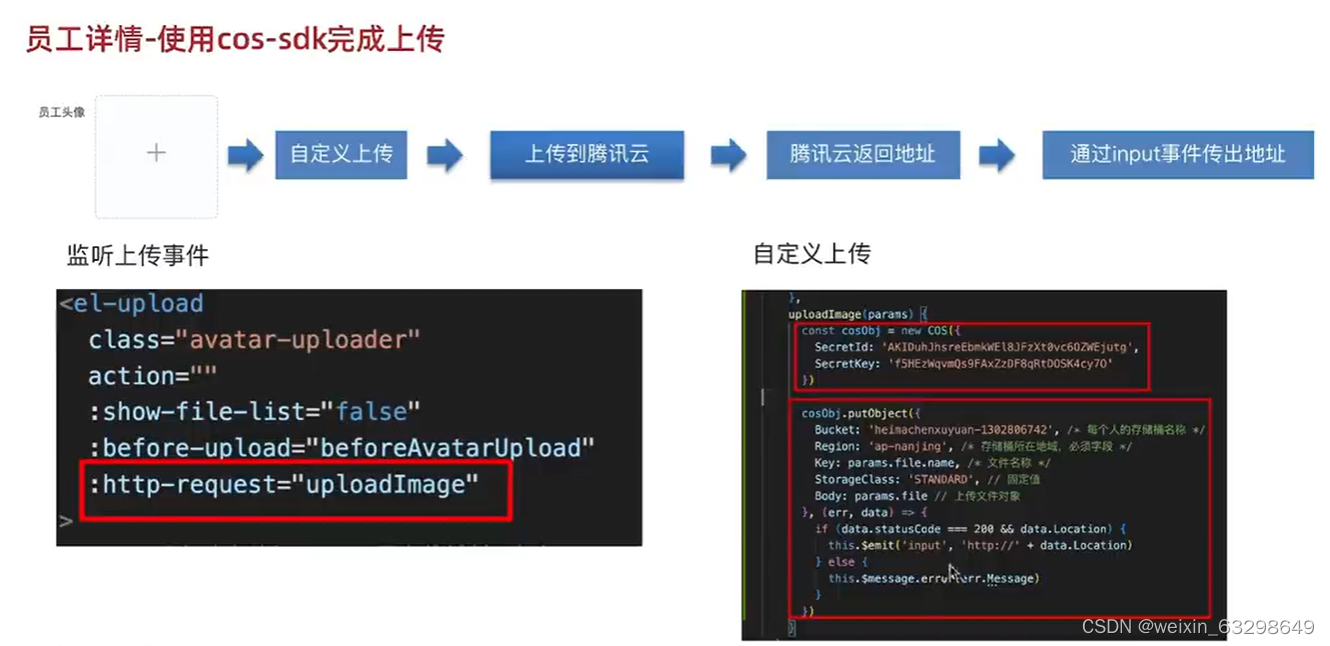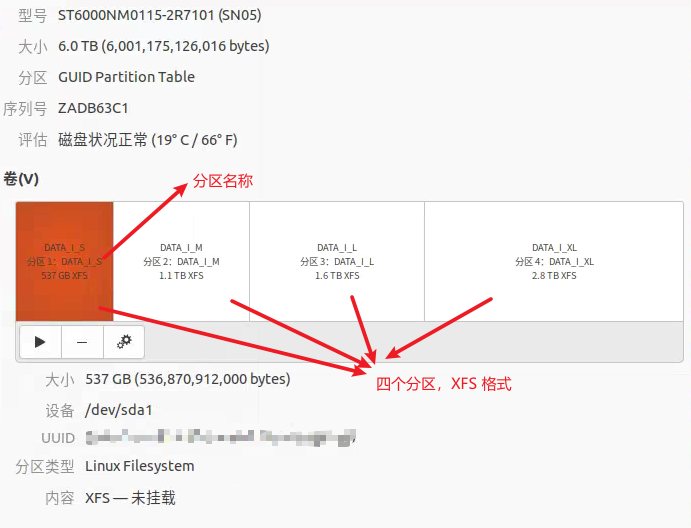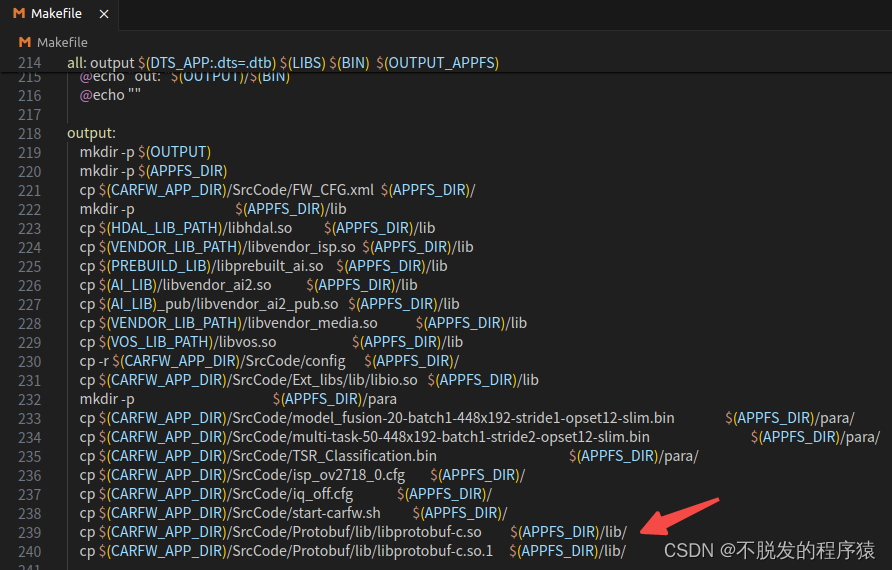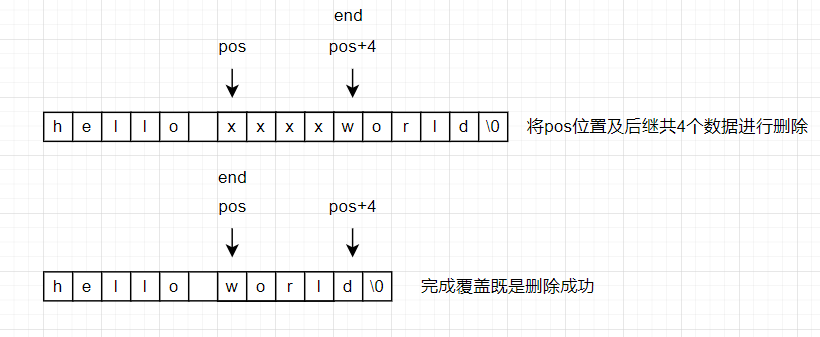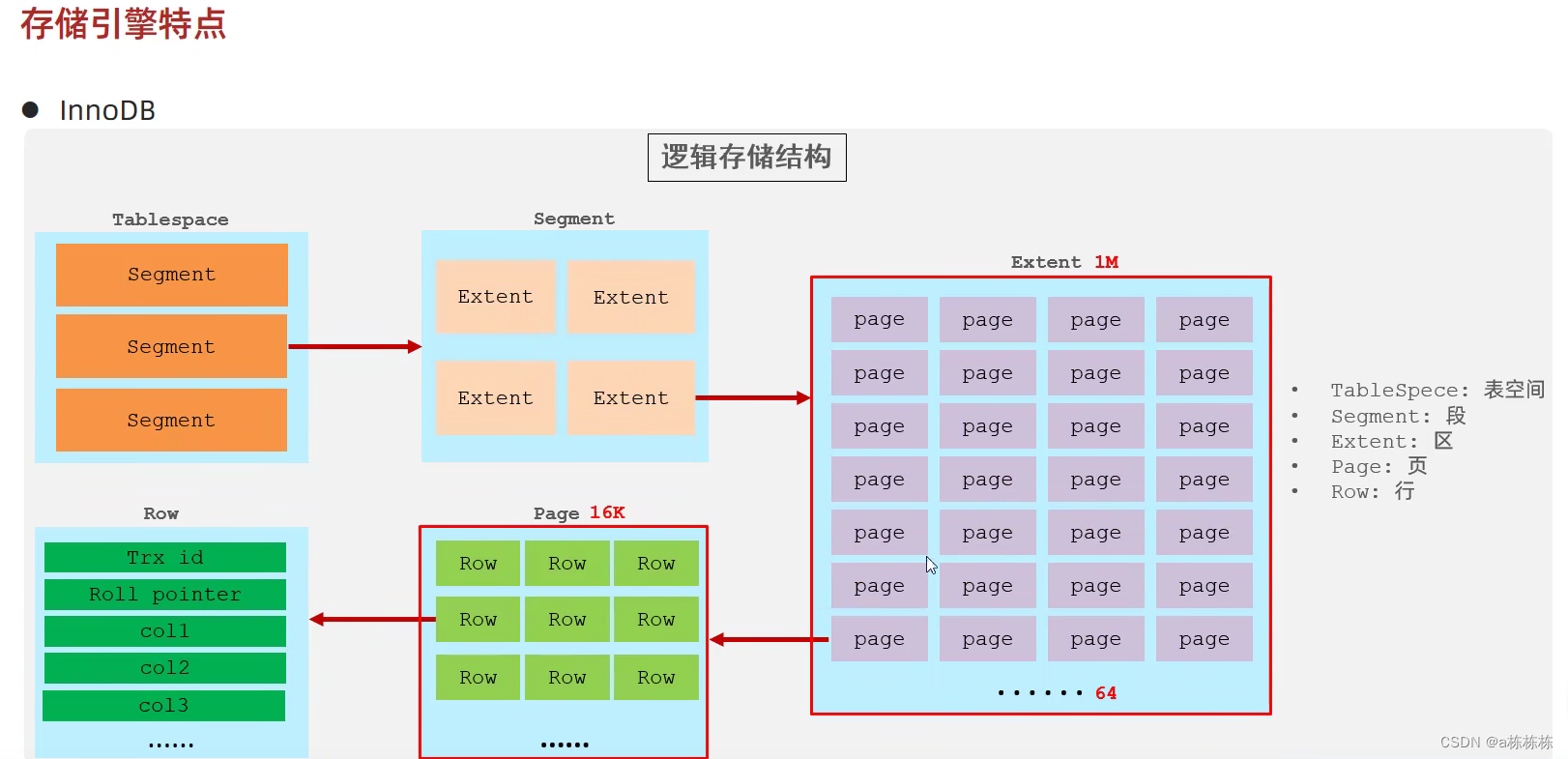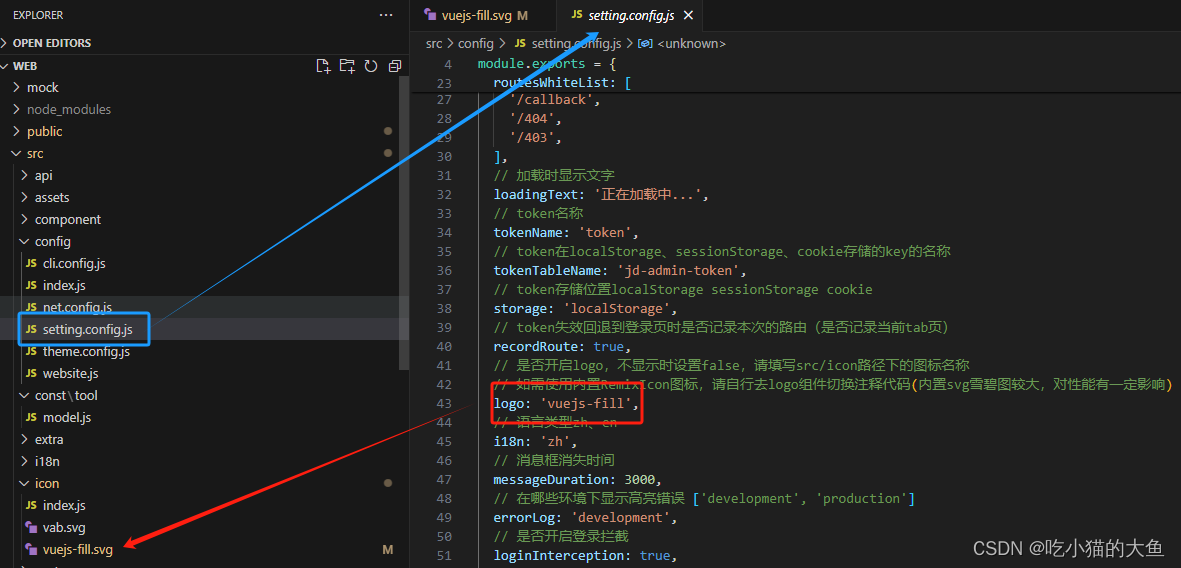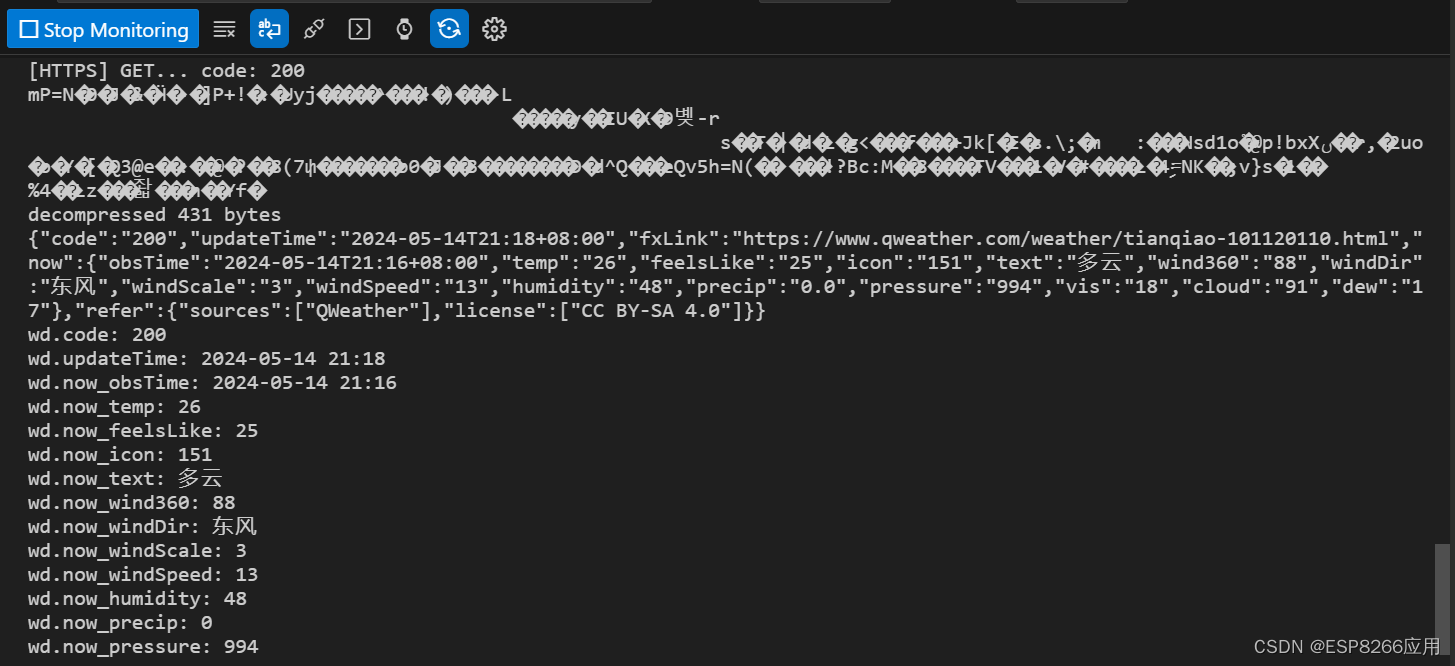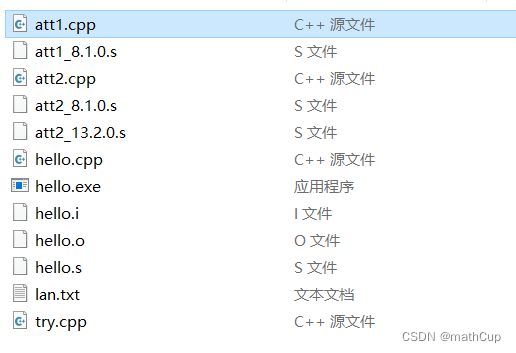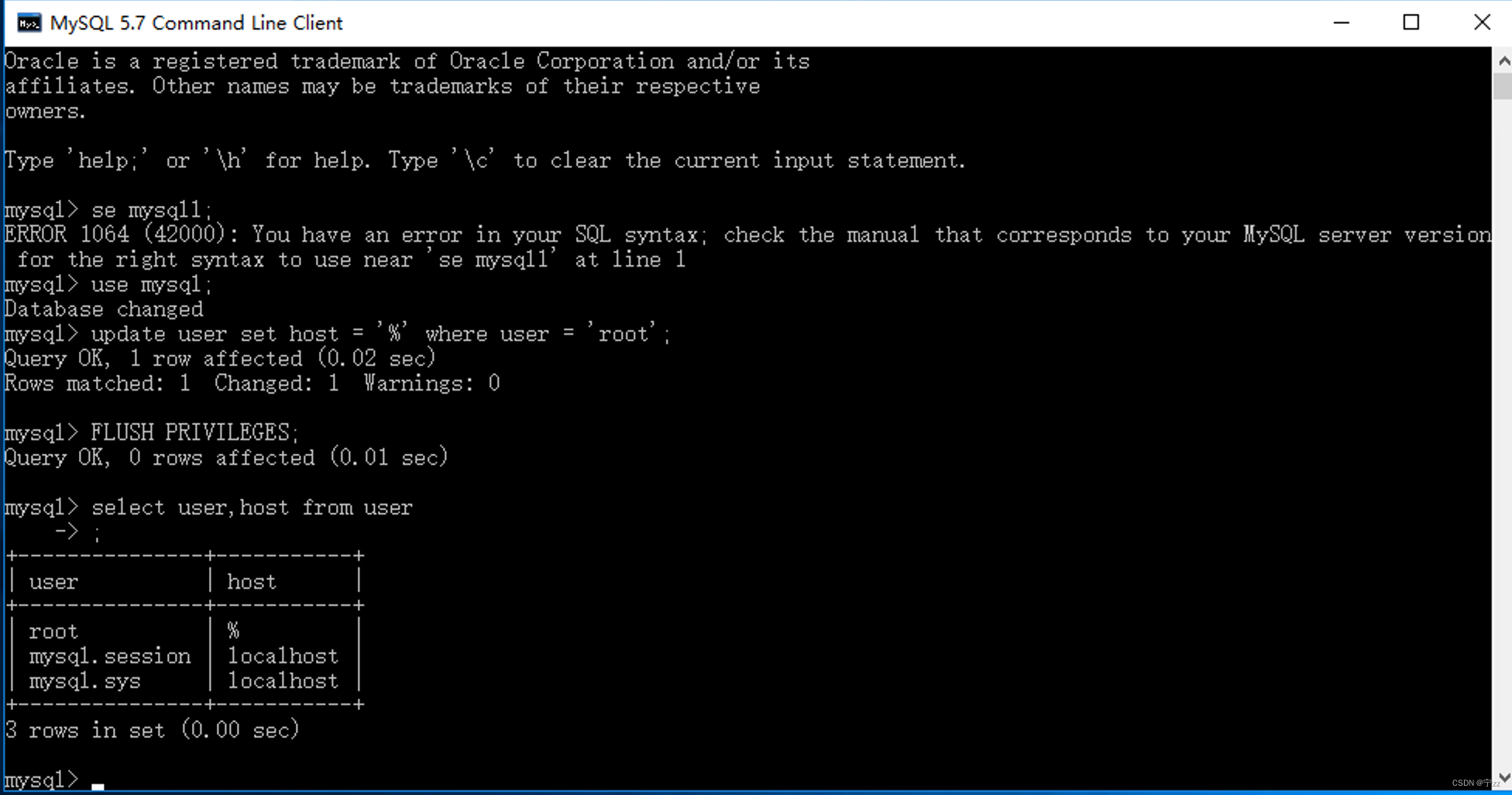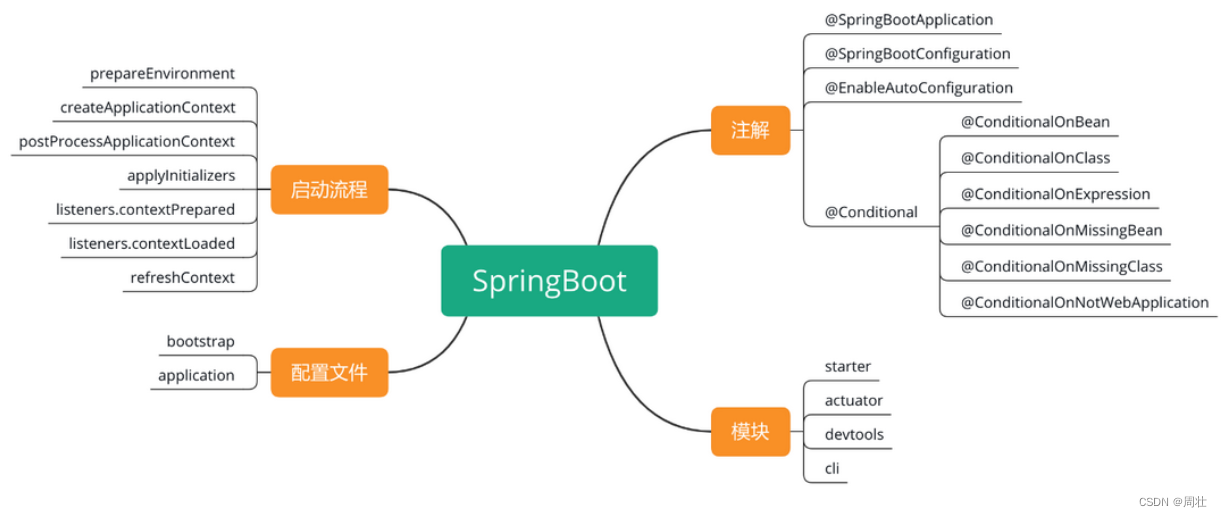✨✨ 欢迎大家来到贝蒂大讲堂✨✨
🎈🎈养成好习惯,先赞后看哦~🎈🎈
所属专栏:数据结构与算法
贝蒂的主页:Betty’s blog
1. 堆的概念
堆(Heap)是计算机科学中一类特殊的数据结构。堆通常是一个可以被看作一棵完全二树的数组对象,若满足:
- 任意节点的值>=其子节点的值。则称为大根堆。
- 任意节点的值<=其子节点的值。则称为小根堆。


2. 堆的实现方式
虽然堆是一种特殊的二叉树,它既可以用数组存储也可以用链式存储。但是考虑到其完全二叉树的特性,我们最好采用数组存储的方式,因为这样既方便访问,也并不会浪费格外的空间。

假设某个合法下标为i:
- 若双亲节点存在,下标为(i-1)/2。
- 若孩子节点存在,左孩子下标为2i+1,右孩子为2i+2。
3. 堆的功能
- 堆的初始化。
- 堆的插入。
- 堆的删除。
- 获取堆顶的元素。
- 堆的元素个数。
- 堆的判空。
- 输出堆。
- 建堆。
- 销毁堆。
4. 堆的声明
因为我用数组实现堆,所以堆的声明与顺序表类似。
typedef int HpDataType;
typedef struct Heap
{
HpDataType* a;//存储数据
int size;//大小
int capacity;//容量
}Heap;
5. 堆的实现
5.1. 堆的初始化
5.1.1. 代码实现
void HeapInit(Heap* hp)//堆的初始化
{
assert(hp);
hp->a = NULL;
hp->size = hp->capacity = 0;
}
5.1.2. 复杂度分析
- 时间复杂度:没有额外的时间消耗,时间复杂度为O(1)。
- 空间复杂度:没有额外的空间消耗,空间复杂度为O(1)。
5.2. 堆的插入
当我们堆进行插入时可能会破坏堆的原有结构,这时就需要我们对其进行向上调整。
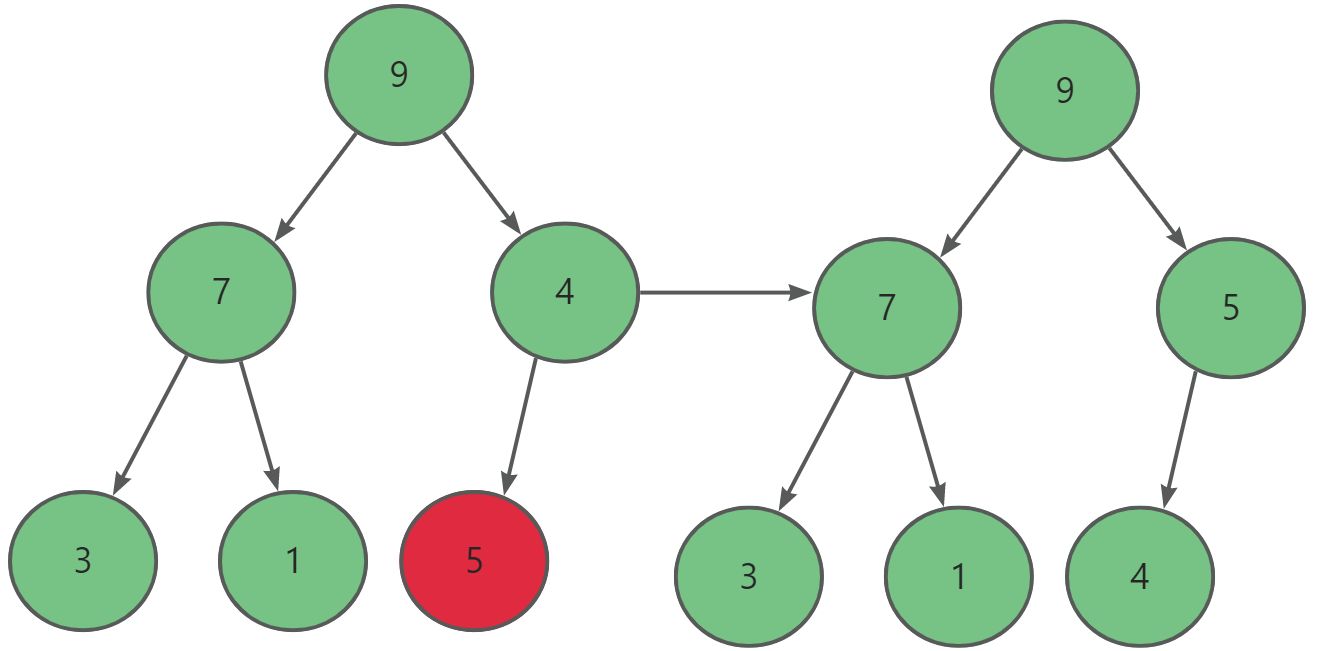
5.2.1. 代码实现
void AdjustUp(Heap* hp, int child)//向上调整
{
int parent = (child - 1) / 2;
while (child > 0)
{
if (hp->a[child] > hp->a[parent])
{
swap(&hp->a[child], &hp->a[parent]);
child = parent;
parent = (child - 1) / 2;
}
else
{
break;
}
}
}
void HeapPush(Heap* hp, HpDataType x)//堆的插入
{
assert(hp);
if (hp->size == hp->capacity)
{
int newCapacity = hp->capacity == 0 ? 4 : hp->capacity * 2;
HpDataType* tmp = (HpDataType*)realloc(hp->a, newCapacity * sizeof(HpDataType));
if (tmp == NULL)
{
perror("realloc fail");
exit(-1);
}
hp->a = tmp;
hp->capacity = newCapacity;
}
hp->a[hp->size] = x;
hp->size++;
AdjustUp(hp, hp->size - 1);//向上调整
}
5.2.2. 复杂度分析
- 时间复杂度:假设有N个节点,高度为h,2h -1=N。至少调整log2(N+1)-1次,所以时间复杂度为logN。
- 空间复杂度:没有开辟额外的空间,空间复杂度为O(1)。
5.3. 堆的删除
堆的删除是指删除堆顶的数据,如果我们删除堆顶元素并往前覆盖就可能打乱原有的亲缘关系。所以我们可以先将堆顶的元素与末尾元素交换,然后再进行向下调整·。

5.3.1. 代码实现
void swap(HpDataType* x1, HpDataType* x2)
{
HpDataType tmp = *x1;
*x1 = *x2;
*x2 = tmp;
}
void
void AdjustDown(int* a, int n, int parent)//向下调整
{
int child = parent * 2 + 1;//默认左孩子更大
while (child < n)
{
if (child + 1 < n && a[child + 1]> a[child])
{
++child;//右孩子
}
if (a[child] > a[parent])
{
swap(&a[child], &a[parent]);
parent = child;
child = parent * 2 + 1;
}
else
{
break;
}
}
}
void HeapPop(Heap* hp)//删除堆顶元素
{
assert(hp);
assert(hp->size > 0);
swap(&hp->a[0], &hp->a[hp->size - 1]);
hp->size--;//删除最后一个数据
AdjustDown(hp->a, hp->size, 0);//向下调整
}
5.3.2. 复杂度分析
- 时间复杂度:假设有N个节点,高度为h,2h -1=N。至少调整log2(N+1)-1次,所以时间复杂度为logN。
- 空间复杂度:没有开辟额外的空间,空间复杂度为O(1)。
5.4. 获取堆顶元素
5.4.1. 代码实现
HpDataType HeapTop(Heap* hp)//获取堆顶元素
{
assert(hp);
assert(hp->size > 0);
return hp->a[0];
}
5.4.2. 复杂度分析
- 时间复杂度:没有额外的时间消耗,时间复杂度为O(1)。
- 空间复杂度:没有额外的空间消耗,空间复杂度为O(1)。
5.5. 获取堆的元素个数
5.5.1. 代码实现
size_t HeapSize(Heap* hp)//堆的大小
{
assert(hp);
return hp->size;
}
5.5.2. 复杂度分析
- 时间复杂度:没有额外的时间消耗,时间复杂度为O(1)。
- 空间复杂度:没有额外的空间消耗,空间复杂度为O(1)。
5.6. 判断堆是否为空
5.6.1. 代码实现
bool HeapEmpty(Heap* hp)//判断堆是否为空
{
assert(hp);
return hp->size == 0;
}
5.6.2. 复杂度分析
- 时间复杂度:没有额外的时间消耗,时间复杂度为O(1)。
- 空间复杂度:没有额外的空间消耗,空间复杂度为O(1)。
5.7. 输出堆
5.7.1. 代码实现
void HeapDisplay(Heap* hp)//堆的打印
{
for (int i = 0; i < hp->size; ++i)
{
printf("%d ", hp->a[i]);
}
printf("\n");
}
5.7.2. 复杂度分析
- 时间复杂度:遍历整个数组,时间复杂度为O(N)。
- 空间复杂度:没有额外的空间消耗,空间复杂度为O(1)。
5.8. 建堆
5.8.1. 代码实现
void HeapCreatUp(Heap* hp,HpDataType* arr,int n)//向上调整建堆
{
assert(hp && arr);
for (int i = 0; i < n; i++)
{
HeapPush(hp, arr[i]);
}
}
void HeapCreatDown(Heap* hp, HpDataType* arr, int n)//向下调整建堆
{
assert(hp && arr);
HpDataType* tmp = (HpDataType*)malloc(sizeof(HpDataType) * n);
if (tmp == NULL)
{
perror("malloc fail");
exit(-1);
}
hp->a = tmp;
memcpy(hp->a, arr, sizeof(HpDataType) * n);
hp->size = n;
hp->capacity = n;
for (int i = ((n - 1) - 1) / 2; i >= 0; i--)//从最后一个元素开始
{
AdjustDown(hp->a, n, i);
}
}
5.8.2. 复杂度分析
假设高度为h,节点个数为N。如果是向上调整建堆:

F ( N ) = 2 1 × 1 + 2 2 × 2 + . . . + 2 h − 1 × ( h − 1 ) 2 F ( N ) = 2 2 × 1 + 2 3 × 2 + . . . + 2 h − 1 × ( h − 1 ) + 2 h × ( h − 1 ) 2 F ( N ) − F ( N ) = − 2 1 − 2 2 − 2 3 − . . . 2 h − 1 + 2 h × ( h − 1 ) = − 2 h + 2 − 2 h + 2 h × h F ( N ) = 2 h × ( h − 2 ) + 2 , N = 2 h − 1 F ( N ) = ( N + 1 ) × ( l o g 2 ( N + 1 ) − 2 ) + 2 F(N)=2^1×1+2^2×2+...+2^{h-1}×(h-1)\\ 2F(N)=2^2×1+2^3×2+...+2^{h-1}×(h-1)+2^h×(h-1)\\ 2F(N)-F(N)=-2^1-2^2-2^3-...2^{h-1}+2^h×(h-1)=-2^h+2-2^h+2^h×h\\ F(N)=2^h×(h-2)+2,N=2^h-1\\ F(N)=(N+1)×(log2(N+1)-2)+2 F(N)=21×1+22×2+...+2h−1×(h−1)2F(N)=22×1+23×2+...+2h−1×(h−1)+2h×(h−1)2F(N)−F(N)=−21−22−23−...2h−1+2h×(h−1)=−2h+2−2h+2h×hF(N)=2h×(h−2)+2,N=2h−1F(N)=(N+1)×(log2(N+1)−2)+2
如果是向下调整建堆:
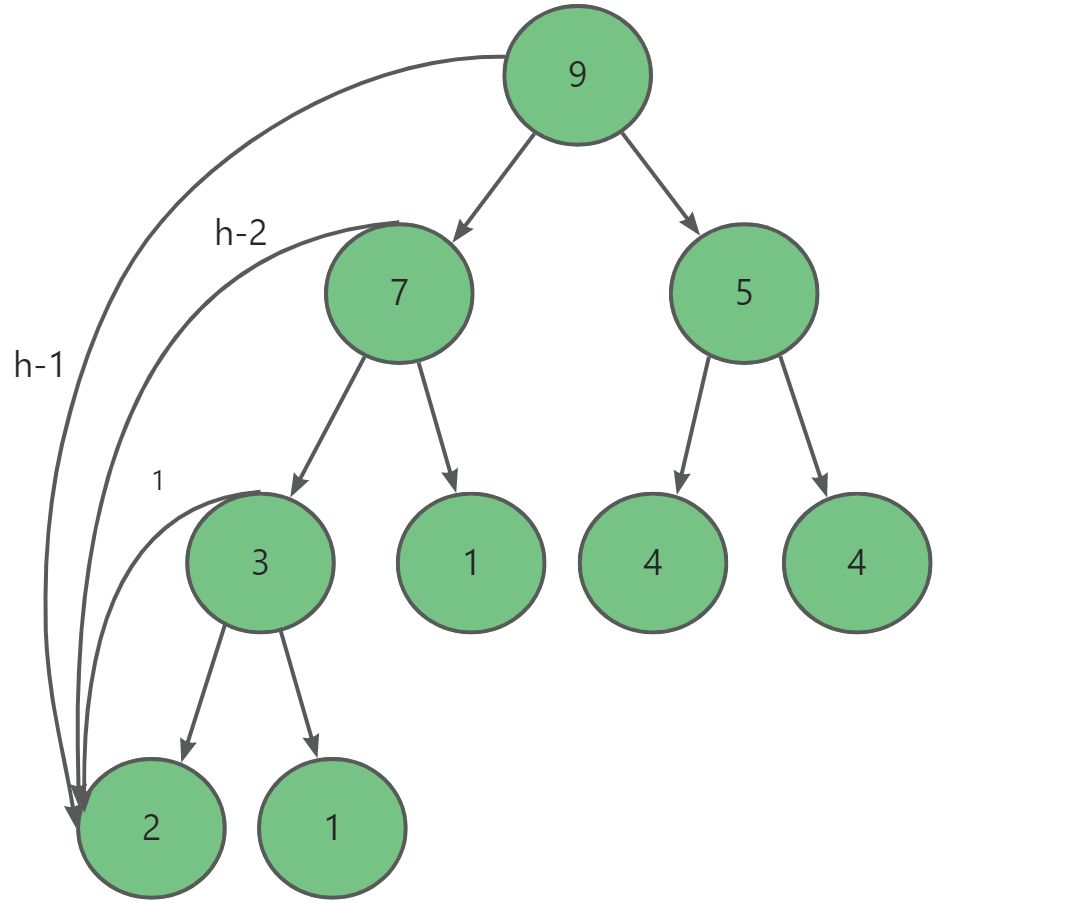
F
(
N
)
=
2
h
−
2
×
1
+
2
h
−
3
×
2
+
.
.
.
+
2
0
×
(
h
−
1
)
2
F
(
N
)
=
2
h
−
1
×
1
+
2
h
−
2
×
2
+
.
.
.
+
2
1
×
(
h
−
1
)
2
F
(
N
)
−
F
(
N
)
=
2
h
−
1
+
2
h
−
2
+
.
.
.
2
1
−
2
0
×
(
h
−
1
)
=
2
h
−
1
−
h
F
(
N
)
=
2
h
−
1
−
h
,
N
=
2
h
−
1
F
(
N
)
=
N
−
l
o
g
2
(
N
+
1
)
F(N)=2^{h-2}×1+2^{h-3}×2+...+2^0×(h-1)\\ 2F(N)=2^{h-1}×1+2^{h-2}×2+...+2^1×(h-1)\\ 2F(N)-F(N)=2^{h-1}+2^{h-2}+...2^1-2^0×(h-1)=2^h-1-h\\ F(N)=2^h-1-h,N=2^h-1\\ F(N)=N-log2(N+1)
F(N)=2h−2×1+2h−3×2+...+20×(h−1)2F(N)=2h−1×1+2h−2×2+...+21×(h−1)2F(N)−F(N)=2h−1+2h−2+...21−20×(h−1)=2h−1−hF(N)=2h−1−h,N=2h−1F(N)=N−log2(N+1)
- 时间复杂度:向上调整建堆最后一排调整h-1次,倒数第二排调整h-2次…时间复杂度为NlogN。向下调整建堆倒数第二排调整1次,倒数第二排调整2…第一排调整h-1次。时间复杂为O(N)。
- 空间复杂度:无论是向上调整建堆还是向下调整建堆都需开辟N个空间,所以空间复杂度为O(N)。
5.9. 销毁堆
5.9.1. 代码实现
void HeapDestroy(Heap* hp)//销毁堆
{
assert(hp);
free(hp->a);
hp->size = hp->capacity = 0;
}
5.9.2. 复杂度分析
- 时间复杂度:没有额外的时间消耗,时间复杂度为O(1)。
- 空间复杂度:没有额外的空间消耗,空间复杂度为O(1)。
5.10. 完整代码
5.10.1. Heap.h
#include<stdio.h>
#include<string.h>
#include<stdlib.h>
#include<assert.h>
typedef int HpDataType;
typedef struct Heap
{
HpDataType* a;//存储数据
int size;//大小
int capacity;//容量
}Heap;
void HeapInit(Heap* hp);//堆的初始化
void AdjustUp(Heap* hp, int child);//向上调整
void HeapPush(Heap* hp, HpDataType x);//堆的插入
bool HeapEmpty(Heap* hp);//判断堆是否为空
size_t HeapSize(Heap* hp);//堆的大小
void AdjustDown(int* a, int n, int parent);//向下调整
void HeapPop(Heap* hp);//删除堆顶元素
HpDataType HeapTop(Heap* hp);//获取堆顶元素
void HeapDisplay(Heap* hp);//堆的打印
void HeapDestroy(Heap* hp);//销毁堆
void HeapCreatUp(Heap* hp,HpDataType* arr, int n);//向上调整建堆
void HeapCreatDown(Heap* hp,HpDataType* arr, int n);//向下调整建堆
5.10.2. Heap.c
#define _CRT_SECURE_NO_WARNINGS 1
#include"Heap.h"
void HeapInit(Heap* hp)//堆的初始化
{
assert(hp);
hp->a = NULL;
hp->size = hp->capacity = 0;
}
void swap(HpDataType* x1, HpDataType* x2)
{
HpDataType tmp = *x1;
*x1 = *x2;
*x2 = tmp;
}
void AdjustUp(Heap* hp, int child)//向上调整
{
int parent = (child - 1) / 2;
while (child > 0)
{
if (hp->a[child] > hp->a[parent])
{
swap(&hp->a[child], &hp->a[parent]);
child = parent;
parent = (child - 1) / 2;
}
else
{
break;
}
}
}
void HeapPush(Heap* hp, HpDataType x)//堆的插入
{
assert(hp);
if (hp->size == hp->capacity)
{
int newCapacity = hp->capacity == 0 ? 4 : hp->capacity * 2;
HpDataType* tmp = (HpDataType*)realloc(hp->a, newCapacity * sizeof(HpDataType));
if (tmp == NULL)
{
perror("realloc fail");
exit(-1);
}
hp->a = tmp;
hp->capacity = newCapacity;
}
hp->a[hp->size] = x;
hp->size++;
AdjustUp(hp, hp->size - 1);//向上调整
}
void AdjustDown(int* a, int n, int parent)//向下调整
{
int child = parent * 2 + 1;//默认左孩子更大
while (child < n)
{
if (child + 1 < n && a[child + 1]> a[child])
{
++child;//右孩子
}
if (a[child] > a[parent])
{
swap(&a[child], &a[parent]);
parent = child;
child = parent * 2 + 1;
}
else
{
break;
}
}
}
void HeapPop(Heap* hp)//删除堆顶元素
{
assert(hp);
assert(hp->size > 0);
swap(&hp->a[0], &hp->a[hp->size - 1]);
hp->size--;//删除最后一个数据
AdjustDown(hp->a, hp->size, 0);//向下调整
}
HpDataType HeapTop(Heap* hp)//获取堆顶元素
{
assert(hp);
assert(hp->size > 0);
return hp->a[0];
}
bool HeapEmpty(Heap* hp)//判断堆是否为空
{
assert(hp);
return hp->size == 0;
}
size_t HeapSize(Heap* hp)//堆的大小
{
assert(hp);
return hp->size;
}
void HeapDisplay(Heap* hp)//堆的打印
{
for (int i = 0; i < hp->size; ++i)
{
printf("%d ", hp->a[i]);
}
printf("\n");
}
void HeapCreatUp(Heap* hp,HpDataType* arr,int n)//向上调整建堆
{
assert(hp && arr);
for (int i = 0; i < n; i++)
{
HeapPush(hp, arr[i]);
}
}
void HeapCreatDown(Heap* hp, HpDataType* arr, int n)//向下调整建堆
{
assert(hp && arr);
HpDataType* tmp = (HpDataType*)malloc(sizeof(HpDataType) * n);
if (tmp == NULL)
{
perror("malloc fail");
exit(-1);
}
hp->a = tmp;
memcpy(hp->a, arr, sizeof(HpDataType) * n);
hp->size = n;
hp->capacity = n;
for (int i = ((n - 1) - 1) / 2; i >= 0; i--)//从最后一个元素开始
{
AdjustDown(hp->a, n, i);
}
}
void HeapDestroy(Heap* hp)//销毁堆
{
assert(hp);
free(hp->a);
hp->size = hp->capacity = 0;
}
6. Top-K问题
6.1. 问题分析
Top-K问题简单来说就是求数据结合中前K个最大的元素或者最小的元素,一般情况下数据量都比较大。这个问题在我们日常生活中非常常见,比如说:游戏中活跃度前十的玩家,世界五百强企业等等。
解决这个问题常见的思路就是遍历或者排序,但是当数据量较大时这种方法就并不适用了。这时我们就需要建堆来处理,具体操作方法如下:
- 用数据集合中前K个元素来建堆。
- 前k个最大的元素,则建小堆。
- 前k个最小的元素,则建大堆。
- 用剩余的N - K个元素依次与堆顶元素来比较,不满足条件则替换堆顶元素。
void TopK(int* a, int n, int k)
{
//建堆
int* kminHeap = (int*)malloc(sizeof(int) * k);
if (kminHeap == NULL)
{
perror("malloc fail");
exit(-1);
}
//将前k个数据放入堆中
for (int i = 0; i < k; i++)
{
kminHeap[i] = a[i];
}
//向下调整法建小堆
for (int i = (k - 1 - 1) / 2; i >= 0; i--)
{
AdjustDown(kminHeap, k, i);
}
//依次比较
for (int i = k; i < n; i++)
{
if (a[i] > kminHeap[0])
{
kminHeap[0] = a[i];
AdjustDown(kminHeap, k, 0);
}
}
for (int i = 0; i < k; i++)
{
printf("%d ", kminHeap[i]);
}
printf("\n");
free(kminHeap);
}
void TestTopk()
{
int n = 10000;
int* a = (int*)malloc(sizeof(int) * n);
srand(time(0));
for (size_t i = 0; i < n; ++i)
{
a[i] = rand() % 1000000;
}
a[5] = 1000000 + 1;
a[1231] = 1000000 + 2;
a[531] = 1000000 + 3;
a[5121] = 1000000 + 4;
a[115] = 1000000 + 5;
a[2335] = 1000000 + 6;
a[9999] = 1000000 + 7;
a[76] = 1000000 + 8;
a[423] = 1000000 + 9;
a[3144] = 1000000 + 10;
TopK(a, n, 10);
}

6.2. 复杂度分析
- 时间复杂度:建堆时间为K,向下调整的最坏时间为(N-K)*logK。所以时间复杂度为NlogK。
- 空间复杂度:建堆会开辟K的个空间,所以空间复杂度为logK。

